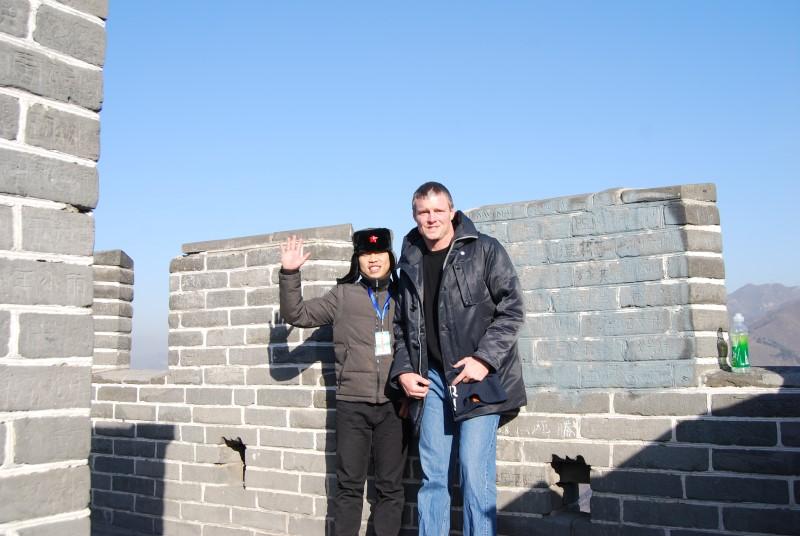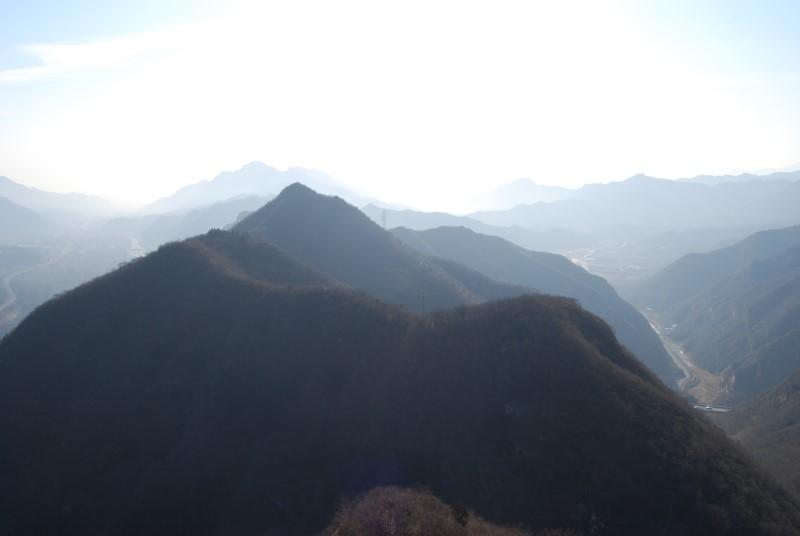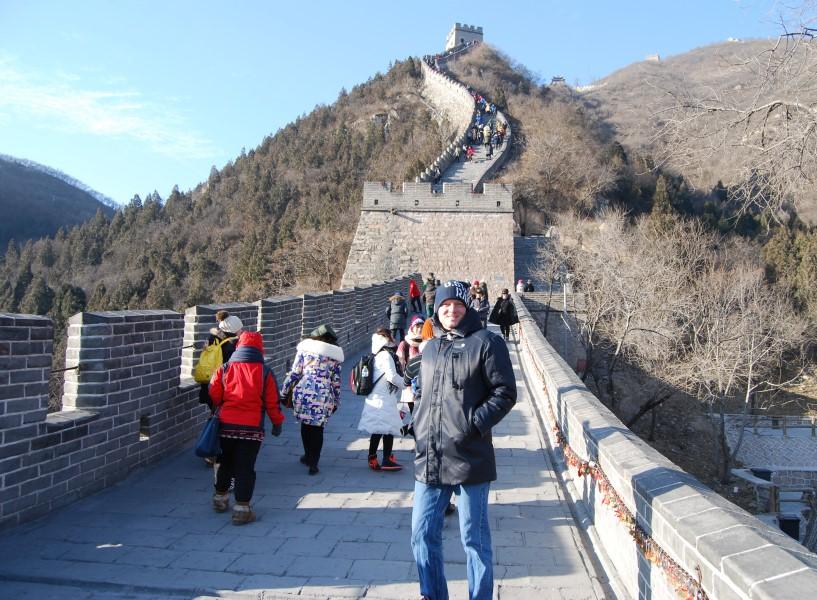One of the most famous mountain passes on The Great Wall of China is called Juyong pass or “Juyongguan”. In Chinese, “guan” translates as pass or gate. Juyong Pass was the northern access route into Beijing. Therefore, controlling the pass from Juyongguan Great Wall was imperative for keeping the Mongol invaders out of the city.
Juyongguan Great Wall is 35 miles north of the Beijing city center and it is easily accessible. As you enter Juyong Pass, Juyongguan is the first fortification that you will encounter.
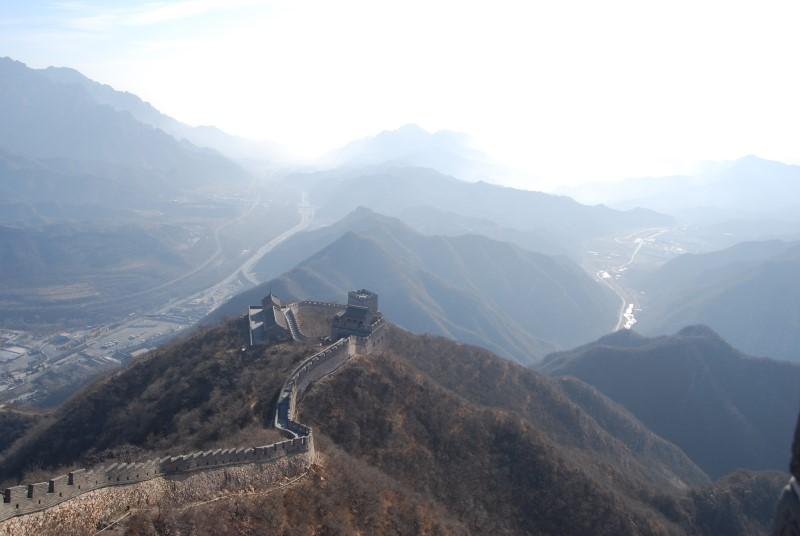
Furthermore, a few kilometers further up Juyong Pass, you will find Shuiguan Great Wall and also the famous Badaling Great Wall. These areas are also accessible to visitors. As a result, it is possible to visit more than one section in the same day!
The History of Juyongguan Great Wall
The great wall fortifications at this location are over 2000 years old. As a result of invaders from the north continuously threatening Beijing, the Yan state initiated construction during the Spring and Autumn period (770-463 BCE). Additionally, construction of Juyongguan Great Wall continued into the Warring States period (476-221 B.C.E.)
Eventually, Juyongguan was linked with the Great Wall of China during the Southern and Northern Dynasties (386-589 ACE).
Despite their efforts, the fortifications were breached by the Mongol invaders during the 13th century to seize control of China. As a result, the invaders formed the Yuan Dynasty and controlled China for almost a century. However, the Yuan Dynasty collapsed in 1368 and was replaced by the Ming Dynasty.
The first Ming Emperor – Zhu Yuanzhang (1368-1644) immediately began extensive refortifications of the Juyong Pass. Additionally, this area of the wall was again restored in 1992. As a result, we are able to appreciate the magnitude of their work in modern times.
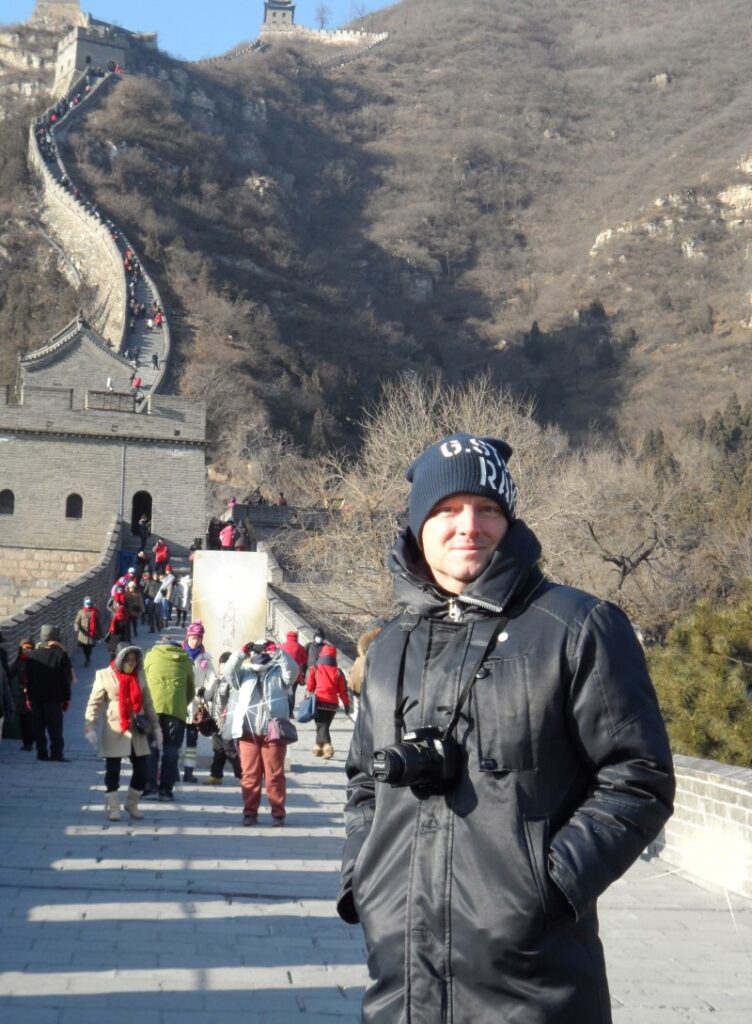
Oblong Shape of Juyongguan Great Wall
It is interesting that Juyongguan Great Wall is actually not a straight line wall, so to speak. Instead this fortification forms a giant circle. The fortifications here run along the mountain ridges and cross the Guangou Valley two times effectively controlling the passage to Beijing.
However, in present day the road crosses through the valley fortifications. The northern gate is called “Bei Guan” and the southern gate is called “Nan Guan”. On the east side of the pass is Cuiping Mountain and on the west side is Jingui Mountain.
I climbed to the top of the wall on the east side and took in the majestic views of the valley. For non athletic visitors the west side is recommended because the incline is more mild.
Six Dimensions of Juyongguan Great Wall
The length of the Juyongguan Great Wall that runs along the ridges of Cuiping Mountain is 1500 meters. The wall on Jingui Mountain has a length of 1200 meters. Furthermore, the entire circumference of the fortifications at this location is 4,142 meters. The section of the wall with the most width is 16.7 meters wide and the thinnest section is 1.2 meters wide.



Cuiping Mountain on Juyong Pass
This photo below illuminates the oblong nature of the Juyongguan Great Wall. Therefore, it is possible to see how it runs eastwards up the ridge to the top of Cuiping Mountain. Then it comes back down the valley again at “Bei Guan”. The fortifications then continue across the valley and it climbs Jingui Mountain and returns to “Nan Guan” to complete the enclosure.
For further clarification I have labeled the Juyongguan Great Wall on the left, Cuiping Mountain peak in the center and on the right that is a footpath and also Great Wall descending to “Bei Guan”. It is not certain if the footpath is accessible to visitors. However, along the path you would find the Temple of “Guan Yu”, Qibian Pavilion and the Jingdui Pavilion. Guan Yu was a powerful general who commanded the Juyongguan defenses for 7 years. Additionally, Guan Yu has become venerated as the God of War in Chinese folk religion.

Additional Photos
